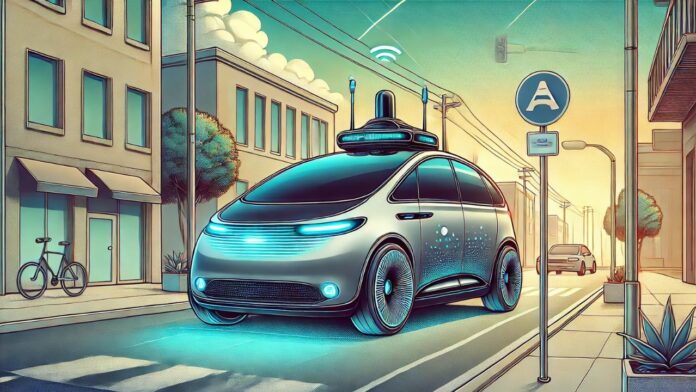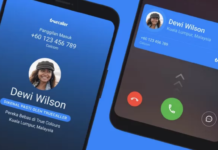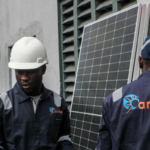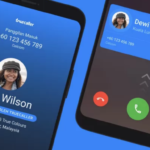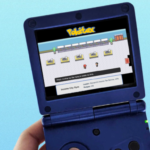Uber users in Austin are about to experience a new way to ride without a driver. A new feature has quietly appeared on the Uber app, allowing users to express their interest in hailing a Waymo robotaxi. While this doesn’t mean an immediate pickup, it signals that fully autonomous rides are just around the corner.
This rollout is part of a broader partnership between Uber and Waymo to launch a robotaxi service in both Austin and Atlanta by early 2025. While an exact start date hasn’t been disclosed, Uber has confirmed that the service will be up and running in Austin soon.
This move marks a significant step in Uber’s renewed push into self-driving technology. Uber previously invested heavily in autonomous vehicles but sold its self-driving unit, Uber ATG, to Aurora in 2020. However, in the past few years, Uber has been working to solidify its presence in the autonomous vehicle industry through partnerships rather than direct development. Uber now collaborates with 14 different autonomous vehicle companies spanning ride-hailing, delivery, and trucking. The company has already launched robotaxi services in select cities, with Waymo’s self-driving cars available on the Uber app in Phoenix since October 2023. In December, Uber introduced robotaxi rides with WeRide in Abu Dhabi.
However, in Austin and Atlanta, Uber is taking a different approach. This partnership with Waymo will be more exclusive than previous collaborations, providing Uber users with unique access to Waymo’s fleet of autonomous Jaguar I-PACE electric vehicles. Unlike Phoenix, where Waymo operates its own fleet independently, the Austin service will be tightly integrated into Uber’s ecosystem.
Only Uber users will be able to hail Waymo robotaxis in Austin and Atlanta. Uber will manage the charging, maintenance, and cleaning of the vehicles, while Waymo will still be responsible for monitoring and managing the autonomous driving technology and rider assistance. Rides in a Waymo robotaxi will cost the same as traditional UberX and Uber Comfort trips. The service will initially cover 37 square miles in Austin, including downtown, Hyde Park, and Montopolis. While Uber hasn’t revealed how many robotaxis will be available at launch, the fleet is expected to expand to hundreds of vehicles across Austin and Atlanta in the coming years.
Uber is encouraging users to sign up for the “interest list” within the app, which could increase their chances of being matched with a Waymo vehicle when the service launches. To join the list, users need to open the Uber app, ensure it is updated to the latest version, navigate to settings, select ride preferences, and look for the option to express interest in autonomous vehicles. While this doesn’t guarantee an immediate Waymo ride, those who opt in will receive updates and priority access when the service officially begins.
The Uber-Waymo collaboration is another sign that autonomous ride-hailing is moving closer to mainstream adoption. Austin, a city known for its openness to innovation, is becoming a testing ground for next-generation transportation. This also highlights Uber’s shift in strategy. Instead of trying to build its own self-driving cars, the company is focusing on partnerships with established players like Waymo. This allows Uber to integrate autonomous vehicles into its platform without the immense costs and risks of developing the technology in-house. For Waymo, this partnership expands its reach beyond its existing service areas, giving it a broader audience through Uber’s app. If successful, this model could set the stage for more widespread adoption of robotaxis in other major cities.
While there are still challenges to address, ranging from regulatory hurdles to user trust in autonomous vehicles, this partnership is a significant milestone in the evolution of ride-hailing. Austin residents who opt into the “interest list” may soon find themselves among the first to experience the future of urban transportation, where a tap on the Uber app brings a fully autonomous vehicle to their doorstep.

